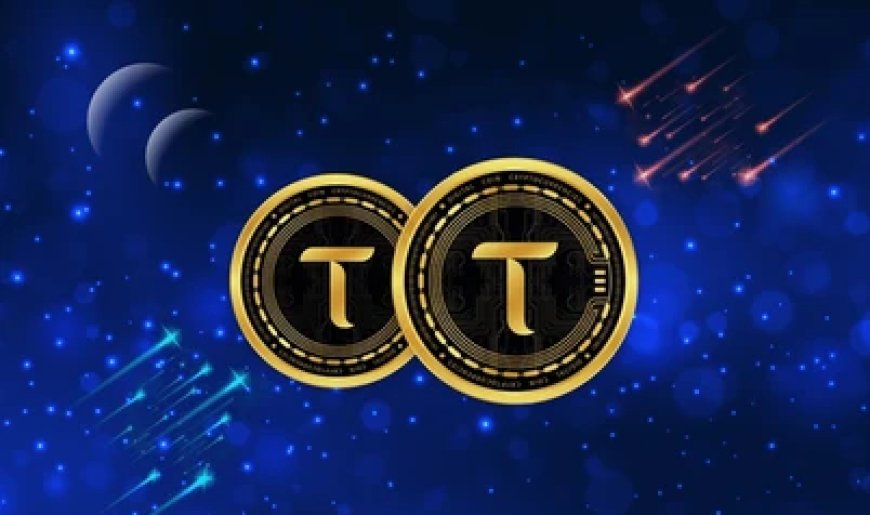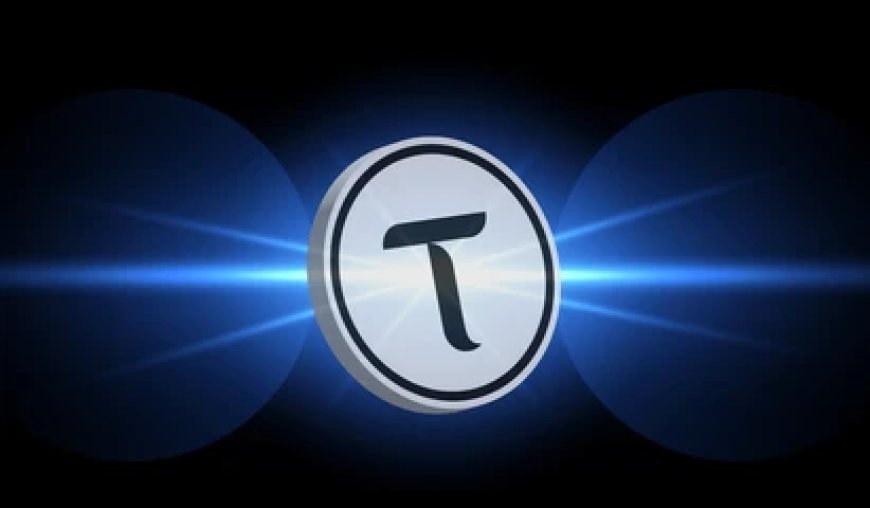Unlocking the Power of Decentralized AI with BitTensor
As the world continues to evolve with cutting-edge technologies, the intersection of artificial intelligence (AI) and blockchain is becoming increasingly significant. Today, we're diving into an exciting project that's breaking new ground in both areas—BitTensor.

Introduction: Welcome to the Future of AI and Blockchain Integration
As the world continues to evolve with cutting-edge technologies, the intersection of artificial intelligence (AI) and blockchain is becoming increasingly significant. Today, we're diving into an exciting project that's breaking new ground in both areas—BitTensor. It's a decentralized neural network that's leveraging AI, blockchain, and community participation to revolutionize the future of machine learning. Spearheading this innovative effort is Matt Hamilton, a well-known figure in the XRP community, who now leads in pushing the boundaries of AI with BitTensor.
In this article, we’ll explore what BitTensor is, how it works, and why it holds immense potential for decentralized AI. Let’s dive into the details of this unique project and its role in shaping the future of machine learning.
What is BitTensor?
BitTensor is a decentralized neural network built on blockchain technology. Similar to Bitcoin's proof-of-work mechanism, BitTensor operates by enabling participants to contribute their computing power. However, instead of solving cryptographic puzzles, BitTensor users contribute to a globally distributed AI network, facilitating machine learning tasks and receiving rewards in the network’s native currency, Tau.
The key difference between BitTensor and centralized AI systems lies in its decentralized nature. In centralized models, large corporations such as Google, Meta, or OpenAI dominate access to advanced machine learning models. BitTensor, on the other hand, creates a more inclusive ecosystem where individuals and organizations can participate, contribute, and benefit from the growing pool of intelligence within the network.
How BitTensor Works: Decentralizing Machine Learning
In essence, BitTensor takes the core concepts of AI—such as neural networks, deep learning, and unsupervised learning—and blends them with the decentralized architecture of blockchain. Here’s a simplified explanation of how the system operates:
- Contributing to the Network: Just like Bitcoin miners contribute computing power to validate transactions, BitTensor miners contribute computational resources to perform AI tasks. Participants set up their mining rigs—requiring a minimum of eight virtual CPUs and a stable internet connection—to run BitTensor's code.
- Reward Mechanism: The quality and relevance of the contributions made by each participant are crucial. Those who provide the most valuable computational power for machine learning tasks are rewarded with Tau tokens. This creates a competitive yet cooperative environment, encouraging users to maximize their input.
- Native Currency - Tau: Tau is BitTensor’s native cryptocurrency, which participants receive as compensation for their contributions. While Tau is not yet listed on exchanges, it can be traded peer-to-peer on BitTensor’s Discord channel, where it has been valued between 8 and 10 dollars per token.
- Decentralized Network: BitTensor operates within the Polkadot ecosystem, utilizing Substrate, a framework for building decentralized networks. Plans are already underway to expand its integration by becoming a parachain on Polkadot, granting access to decentralized exchanges and boosting the liquidity of Tau.
The Role of AI in BitTensor
What makes BitTensor stand out from other decentralized systems is its ability to integrate AI seamlessly into its core. AI algorithms require enormous computational power to process and learn from vast datasets, and BitTensor spreads this burden across a global network of contributors.
One of the network’s primary goals is to support decentralized machine learning models. Developers can contribute by adding intelligence to the network or by accessing the existing machine learning models via simple Python code. The project envisions a future where advanced AI models, such as GPT-4 or GPT-5, could potentially be developed and run on BitTensor’s decentralized framework, empowering a global community of developers and users.
As Matt Hamilton pointed out during his interview with On the Chain, BitTensor is currently focused on natural language processing (NLP). However, the team is already working on expanding its capabilities with a project called "Synapses." This project will enable BitTensor to handle various types of data—such as audio and images—eventually allowing the network to understand and process multiple data forms simultaneously.

Mining on BitTensor: How to Get Involved
Mining on the BitTensor network requires more than just standard computational power. Participants need to meet certain criteria to be effective miners. The setup typically requires a powerful rig with at least 32 CPUs and a reliable internet connection.
Once miners are up and running, they compete to contribute the most valuable machine intelligence to the network. Unlike traditional cryptocurrency mining, which revolves around computational brute force, BitTensor rewards miners based on the quality of their contributions, ensuring that the most intelligent nodes are prioritized.
The mining process is highly competitive, but the BitTensor community provides ample support for newcomers. Interested individuals can join the BitTensor Discord channel, where active members share insights, discuss the project’s roadmap, and participate in peer-to-peer Tau transactions.
BitTensor's Vision: The Future of AI
As the AI landscape becomes increasingly dominated by tech giants, the rise of decentralized solutions like BitTensor offers a refreshing alternative. By merging AI and blockchain, BitTensor aims to democratize access to advanced machine learning models, enabling individuals and organizations to collectively build and benefit from cutting-edge AI technologies.
Looking ahead, BitTensor has big plans. As part of the Open Tensor Foundation, the project envisions transforming into a decentralized autonomous organization (DAO). This would further cement its decentralized ethos and allow community governance over important decisions such as protocol upgrades, network scaling, and more.
Moreover, as the network scales and adds support for diverse data types through Synapses, BitTensor could eventually become the foundation for a future AI model capable of understanding and generating text, audio, and images. This would be a game-changer for the industry, potentially surpassing existing models like OpenAI’s GPT-4 in scope and functionality.
Final Thoughts: Joining the Decentralized AI Revolution
BitTensor is still in its early stages, but the potential is undeniable. Its fusion of AI and blockchain represents a new frontier in decentralized machine learning. For developers, researchers, and AI enthusiasts alike, BitTensor offers an opportunity to participate in the creation of a more decentralized, intelligent future.
If you’re curious to learn more or get involved, follow BitTensor on Twitter at @bittensor_ and join their Discord community. Whether you’re interested in mining, contributing to AI development, or simply staying updated on the latest advancements, there’s no better time to dive into the decentralized AI revolution than now.
BitTensor is just getting started, and it’s poised to become a major player in the rapidly evolving world of AI and blockchain integration. Stay tuned for more updates as this revolutionary project continues to grow.
By embracing decentralized principles and utilizing collective intelligence, BitTensor has the potential to reshape the future of artificial intelligence and blockchain for years to come.
Source : @The Bittensor Hub.
















